Regenerative Thermal Oxidizer (RTO) is mainly used in the treatment of organic waste gas (VOC) with low concentration and large air volume. The common forms of RTO equipment are two-chamber and three-chamber structures, and it can also be designed into five-chamber and seven-chamber structures when dealing with large air volumes.
Technical principle:
The organic waste gas is heated above 760°C, so that the VOC in the waste gas is oxidized and decomposed into CO₂ and H2O in the oxidation chamber. The high-temperature air generated by oxidation passes through the special ceramic regenerator, which makes the ceramic body heat up and “reserve heat”. This “heat storage” is used to preheat the organic waste gas that enters later, thereby saving fuel consumption for raising the temperature of the waste gas. The ceramic regenerator should be divided into two or more areas or chambers. Each regenerator undergoes the procedures of heat storage-heat release-cleaning in turn, and works continuously in a cycle. Immediately after the regenerator “releases heat”, a part of the treated and qualified clean exhaust gas should be introduced to clean the regenerator (to ensure that the VOC removal rate is above 95%), and only after the cleaning is completed can it enter the “heat storage” program.
Features:
1. It is suitable for organic waste gas with medium and low concentration and large air volume.
2. High purification efficiency, the waste gas treatment efficiency of the two-chamber RTO can reach more than 96%, and the three-chamber RTO can reach more than 98%.
3. Low operating cost, reasonable cost performance, long service life and easy maintenance.
4. Exhaust gas has wide applicability.
5. Easy to operate, high degree of automation, safe and reliable operation.
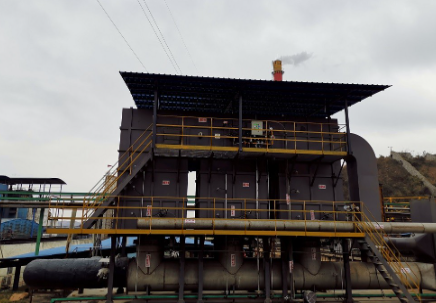

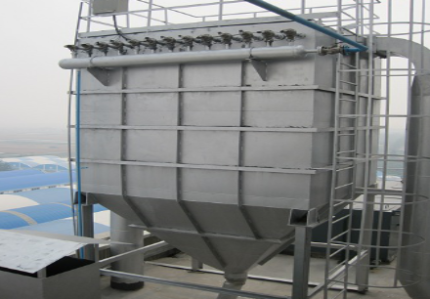
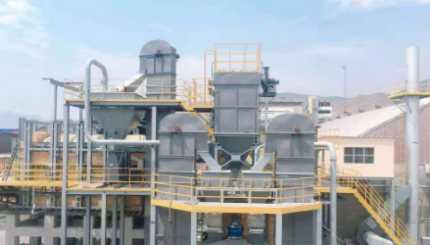
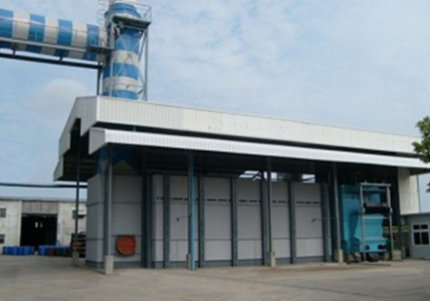
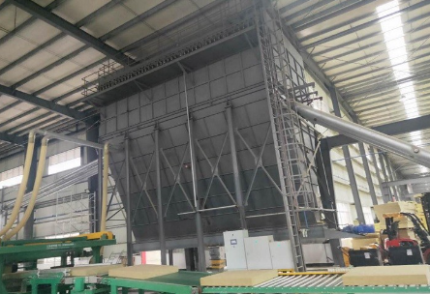
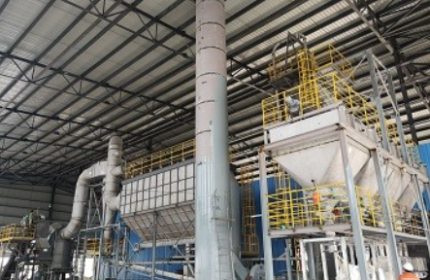
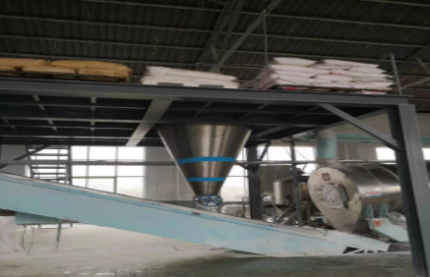
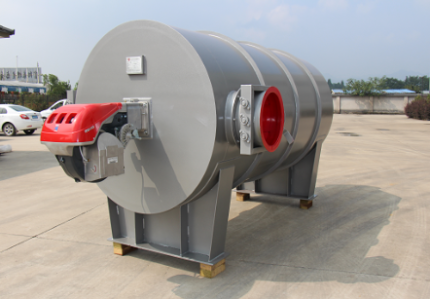
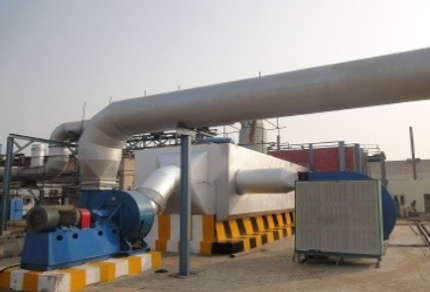









Reviews
There are no reviews yet.